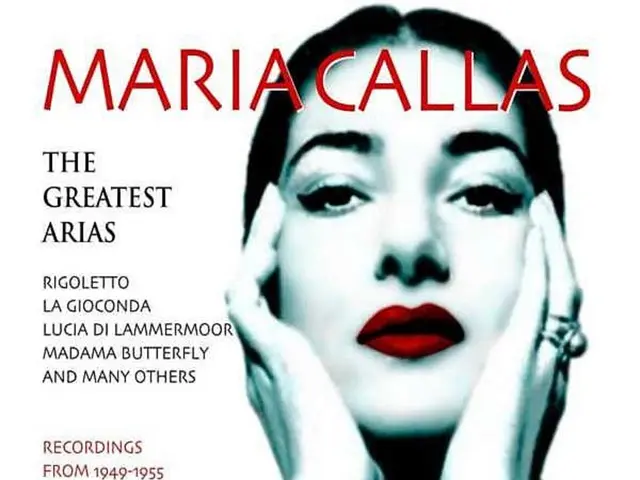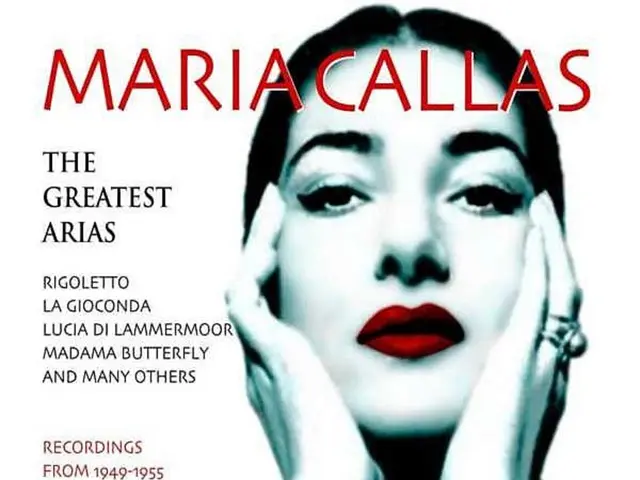A Leap into the Unusual: Echidnas' Odd Baby Holder and Its Microbial Wonders
Secrets Unveiled: The Contents of an Echidna's 'False Pouch' Unraveled by Scientists
Unlike the familiar pouches of kangaroos and koalas, echidnas sport a peculiar, temporary abdominal fold that houses their unborn young - a make-shift nursery that's anything but ordinary. Nicknamed "pseudo-pouches," these marvels of nature hold leathery eggs without obvious nipples for a woefully short ten days, until they hatch into bean-sized, spineless puggles. Researchers at the University of Adelaide have been delving into the mysteries hidden within this sheltered pocket, unveiling insights about one of nature's most peculiar parenting techniques.
The Echidna's Den of Mystery: A Pouch That Isn't Really a Pouch
This extraordinary system takes another bizarre twist - without nipples. Puggles prompt milk secretion by rubbing their beaks against a specialized "milk patch," causing a nutrient-rich ooze to flow from their mother's skin like sweat. This unconventional nursing method means the pseudo-pouch isn't only a protective enclosure, it's a critical hub for microbial life, where immune-deficient puggles first encounter bacteria.
A Microbial Makeover: How Echidna Milk Reshapes the Pouch
Research has reveled that once lactation kicks off, the microbial community within the pseudo-pouch undergoes significant changes. A study examining 22 echidnas, both captive and wild, found that lactating mothers had increased levels of Firmicutes - a phylum of bacteria often associated with overall gut health, while other microbes such as Bdellovibrionota and Verrucomicrobia took a nosedive. Shockingly, over half the bacterial genera found in non-lactating echidnas vanished following their nursing period, suggesting that the milk of echidnas acts as a potent antimicrobial filter.
"Something in the milk or skin secretions is killing off certain bacteria while promoting others," says lead biologist Isabella Wilson. These controlled microbiomes could make up for puggles' vulnerable immune systems, transforming the pseudo-pouch into a relatively sterile nursery in one of nature's most peculiar wombs.
The Eggshell Barrier: Why Echidna Puggles Miss Out on Mom's Microbes
Most mammals get their first microbes at birth through maternal microbial transmission via the birth canal. However, echidna puggles are born from eggs, skipping that crucial step. Their first encounter with bacteria occurs within the pseudo-pouch - a potentially risky situation for an animal with a still-developing immune system.
This study discovered that the microbial community within the pseudo-pouch stabilized only during lactation, hinting that echidna milk isn't just a source of food, but also plays a medicinal role. Probiotic-like bacteria dominated, possibly shielding the young from harmful pathogens. "It's like the mother's milk is pre-inoculating the pouch with 'good' bacteria," Wilson explains.
Zoo vs. Wild: Surprising Similarities in Pouch Bacteria
Researchers expected wild and zoo-held echidnas to host vastly different microbes, but to their surprise, their pouches were almost identical during lactation. This finding suggests that milk, not the environment, determines the pouch's bacterial makeup.
For conservationists, this is groundbreaking - improving captive echidna diets (rather than habitat tweaks) might be the key to boosting puggle survival rates.
Pink Milk and Antimicrobial Superpowers
Echidna milk isn't just pink and peculiar, it contains powerful antimicrobial agents, likely why certain bacteria are knocked out during lactation. EchAMP, one such compound, attacks harmful bacteria membranes, potentially explaining the pouch's microbial purge. Researchers now suspect that EchAMP and other compounds in echidna milk reshape the pouch into a safer space for puggles.
The Bigger Picture: What Echidnas Teach Us About Mammal Evolution
As the only living monotreme egg-laying mammals, echidnas and platypuses offer a glimpse into how ancient mammals may have transitioned from egg-laying to live birth. "This isn't just about echidnas," says Wilson. "It's about understanding the origins of all mammalian parenting."
The Next Frontier: Can We Harness Echidna Milk for Human Health?
Echidna milk's properties against bacteria have sparked curiosity in the battle against superbugs resistant to antibiotics. EchAMP is one example of a potential breakthrough, a compound that could change the way antibiotics are developed in the future.
Conclusion: A Pouch Full of Mysteries
From its disinfectant milk to its pink hue, the echidna's pseudo-pouch is a testament to millions of years of evolutionary genius. According to Wilson, "These animals have been doing bizarre, brilliant things for millions of years. We're just starting to catch up." The study opens the door for future conservation efforts and even possibilities for enhancing human health.
Sources:
- Science Alert
- Yahoo News
- The Guardian
Jan OtteJan is an animal enthusiast and co-founder of Animals Around The Globe. He holds an MSc in Finance & Economics and is a passionate PADI Open Water Diver. His favorites are Mountain Gorillas, Tigers, and Great White Sharks. He has lived in South Africa, Germany, the USA, Ireland, Italy, China, and Australia. Before AATG, Jan worked for Google, Axel Springer, BMW and others.
- The peculiar parenting technique of echidnas, using a pseudo-pouch for their leathery eggs, is a subject of ongoing research, shedding light on one of nature's most unique mechanisms.
- In addition to its protective function, the pseudo-pouch serves as a critical hub for microbial life, notably during lactation, when the bacterial community undergoes significant changes.
- Research has shown that during lactation, the level of Firmicutes, a phylum of bacteria known for contributing to overall gut health, increases in echidna mothers, while other microbes such as Bdellovibrionota and Verrucomicrobia decrease significantly.
- The study revealed that the echidna milk regulates the microbiome within the pseudo-pouch, potentially acting as a 'good' bacteria pre-inoculator for vulnerable puggles.
- Interestingly, captive and wild echidnas were found to have similar microbial communities in their pouches during lactation, suggesting that milk, not the environment, influences the microbial makeup of the pseudo-pouch.
- The antimicrobial properties of echidna milk have instigated curiosity in the medical field, with potential applications in the development of novel antibiotics to combat superbugs.








